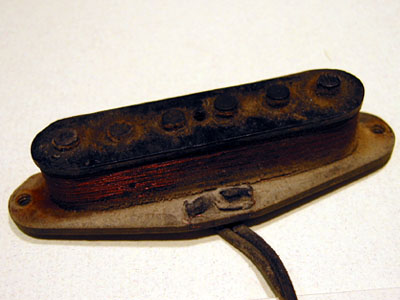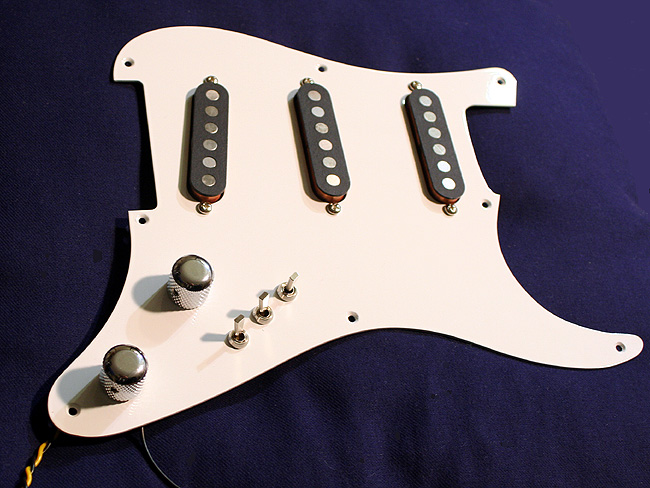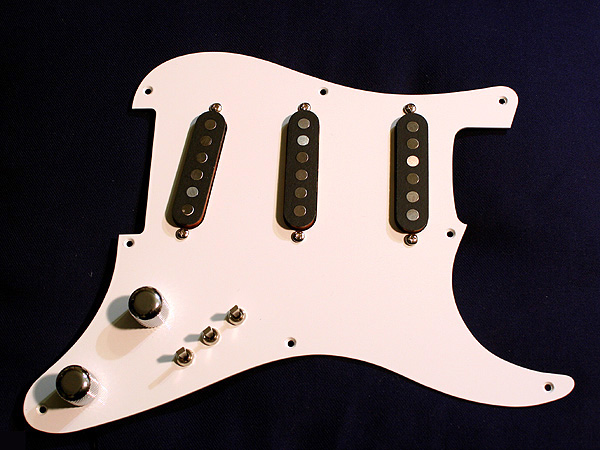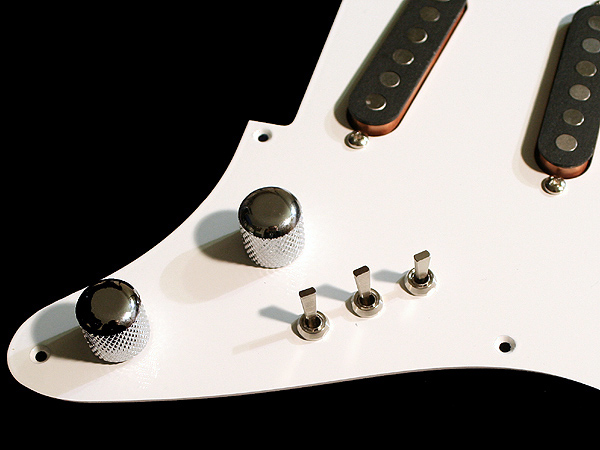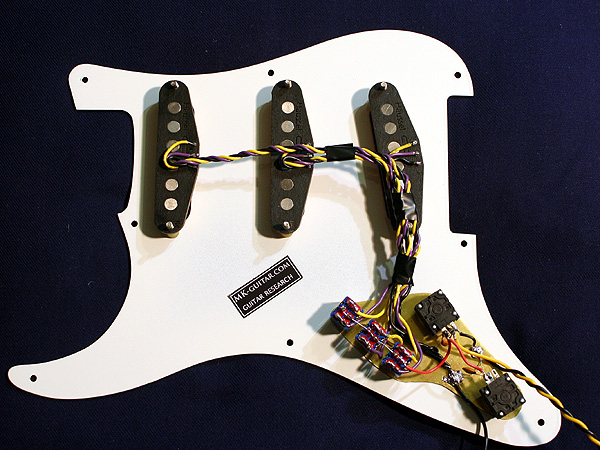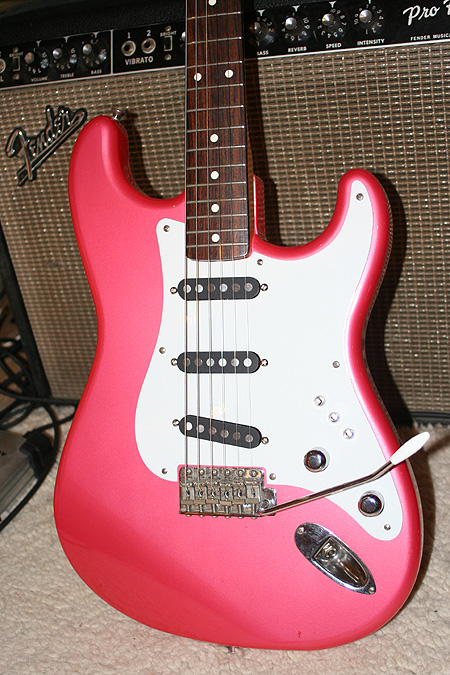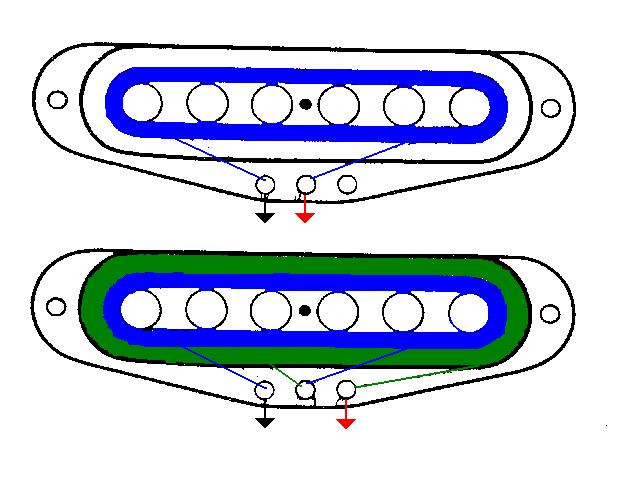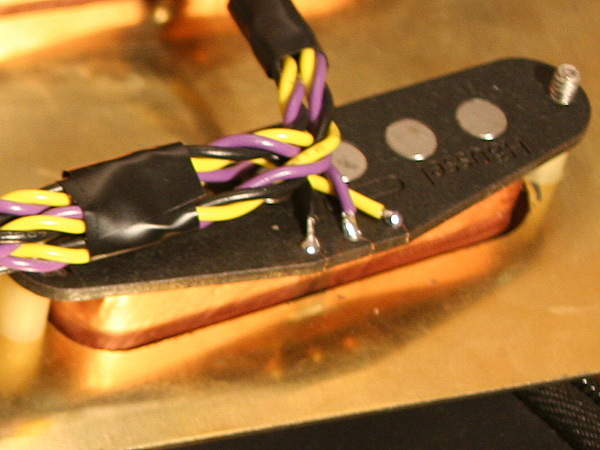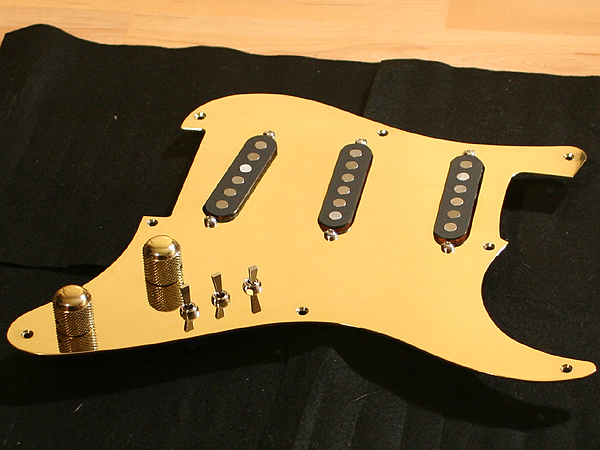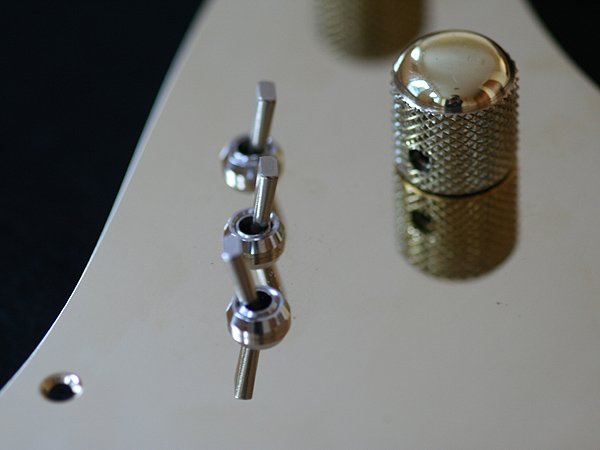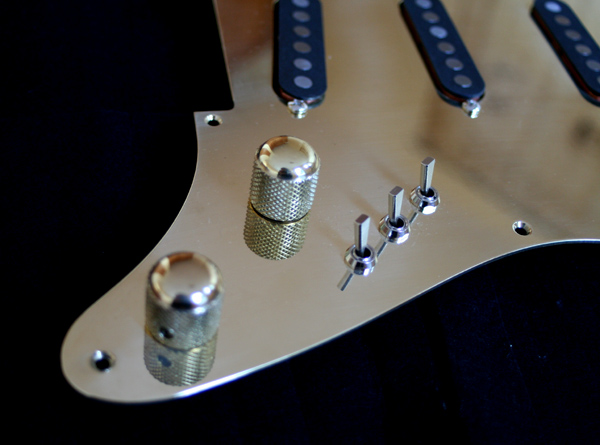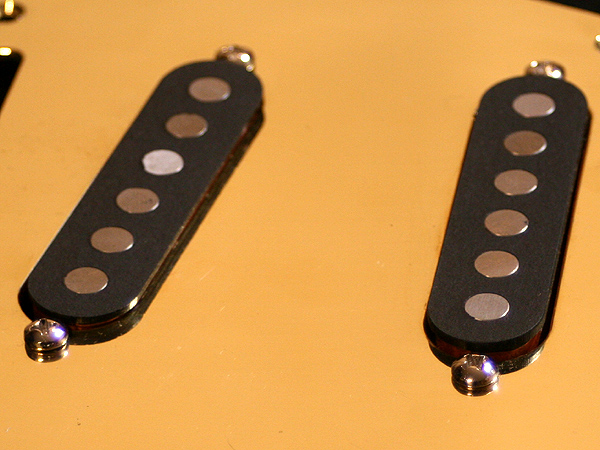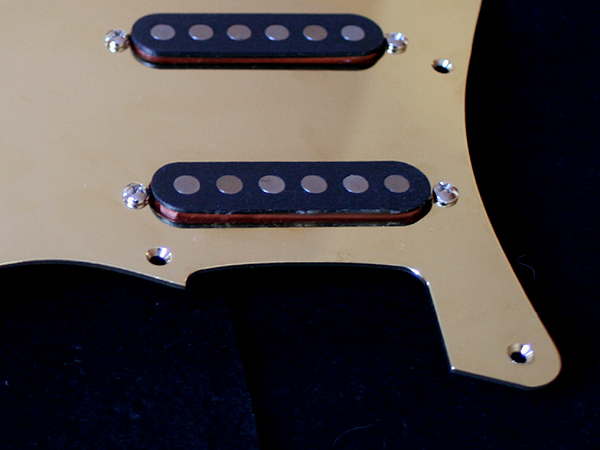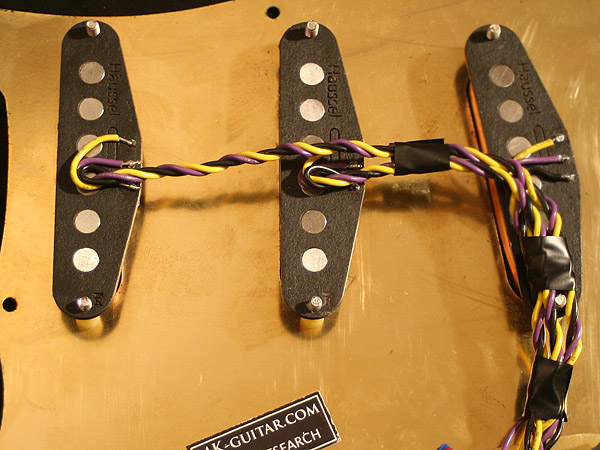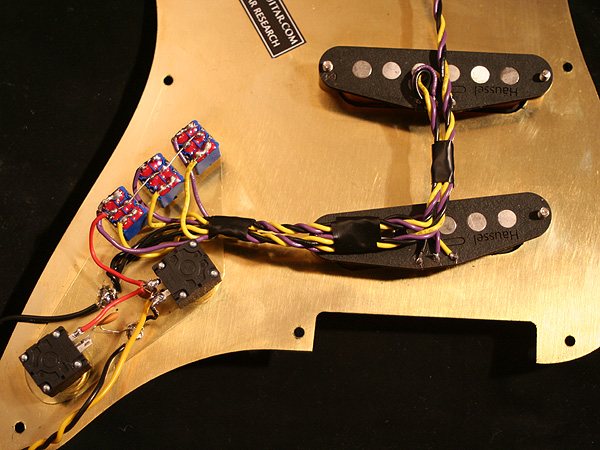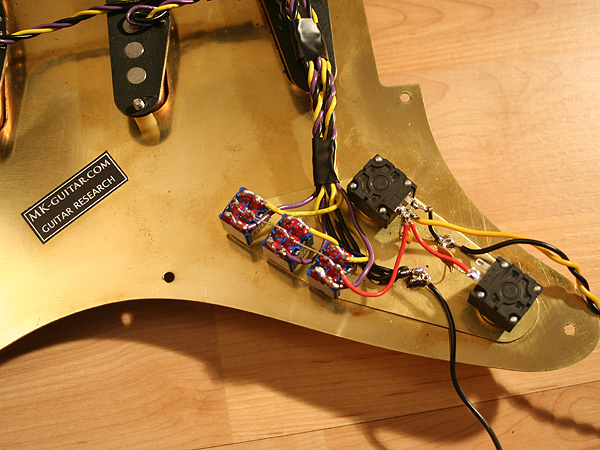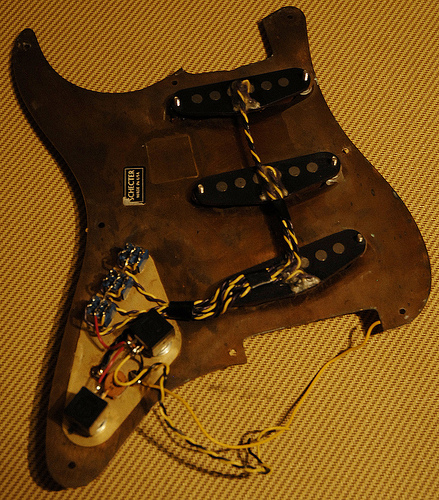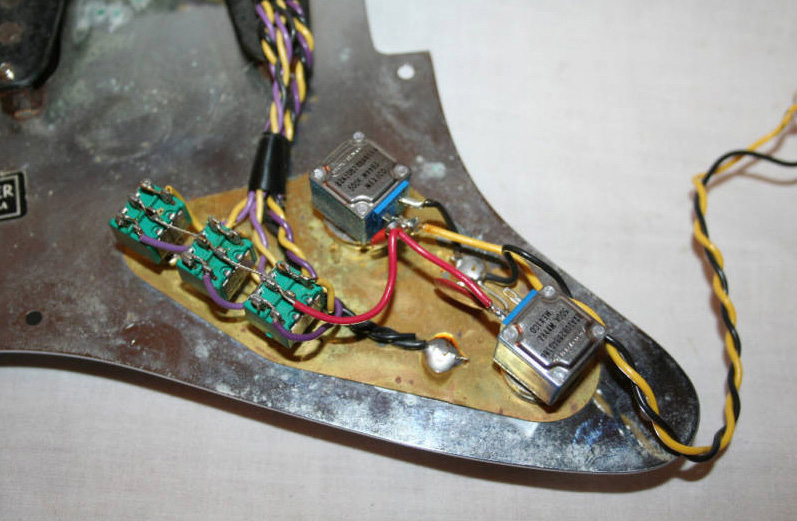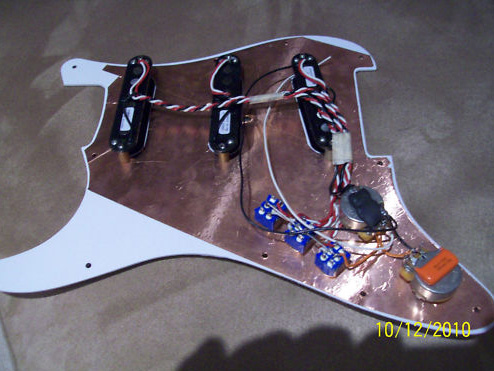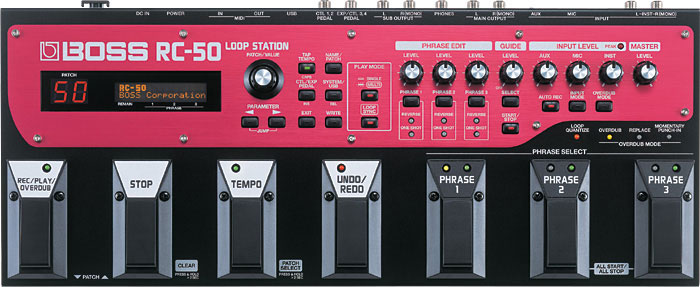Chord changes in News on live version of the Making Movies tour
Have you ever noticed that some chords of News were changed in the live version that Dire Straits used to play on the On Location tour (Making Moviers tour) in 1980/81?
The original chord sequence of News – as recorded on the Communiqué album – was:
Em – Bm – C – Bm – Am – Am – C – C
Live it was changed to:
Em – Bm – C – G/B – Am – Am G/B – C – C D
In words: The second Bm was changed to a G (while the bass still plays the B). This also lead to some changes of the melody over this chord. The G before the last C chord (also with a B in the bass) was just a transition chord (played for the last two beats of that bar), the same is true for the last D which was the transition to the Em of the next verse.
Here is a video which shows them playing this version:
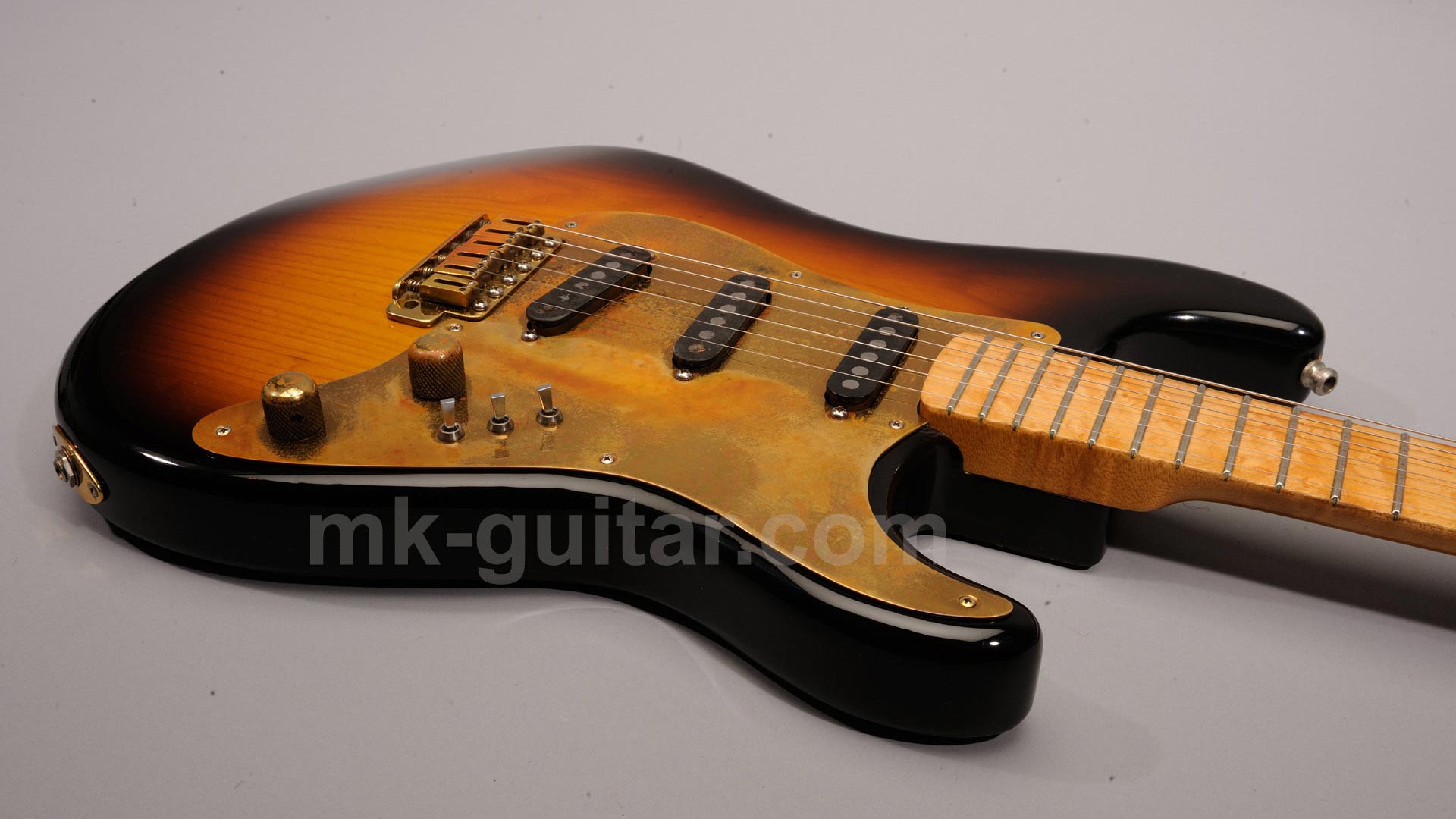

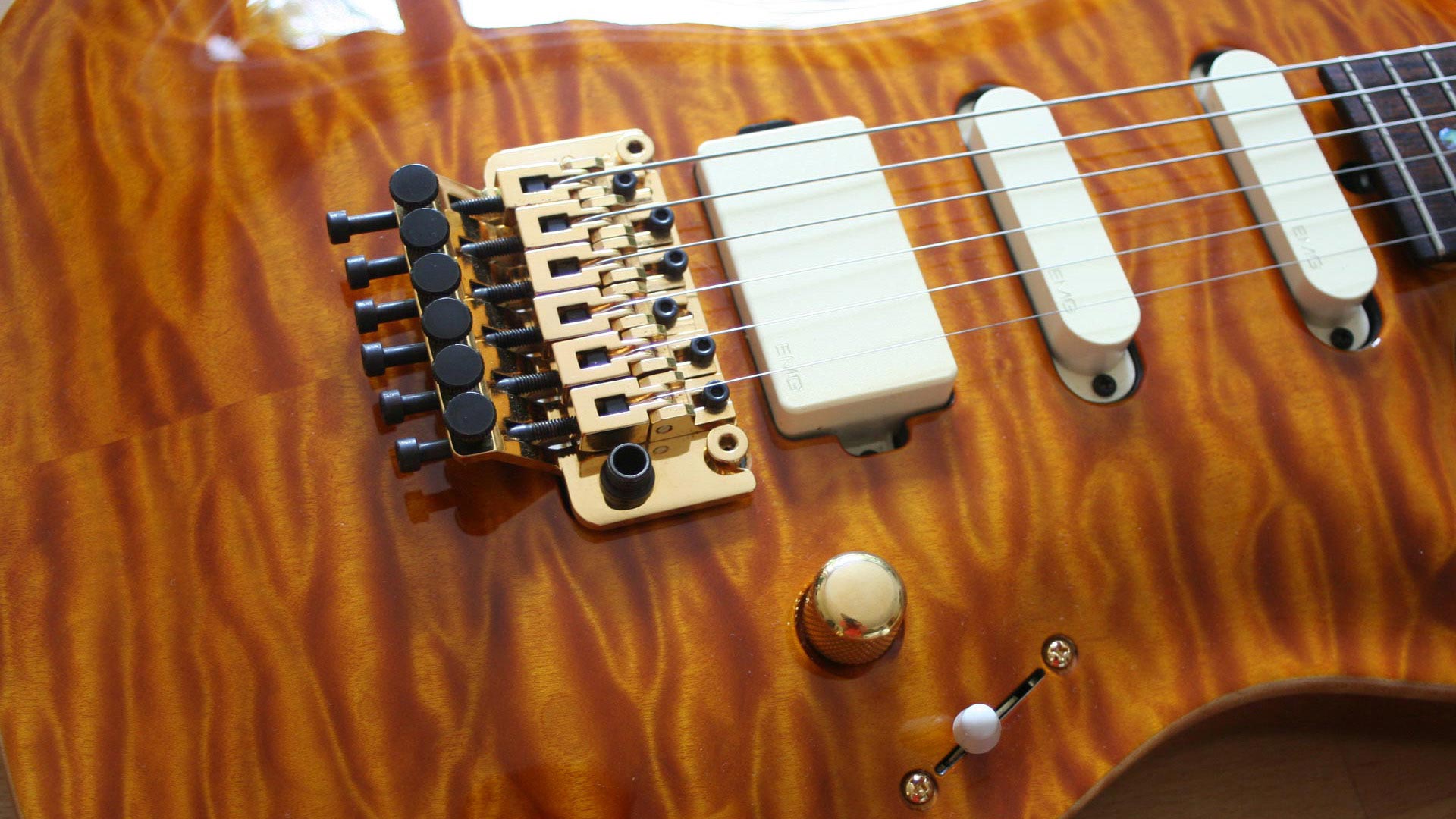
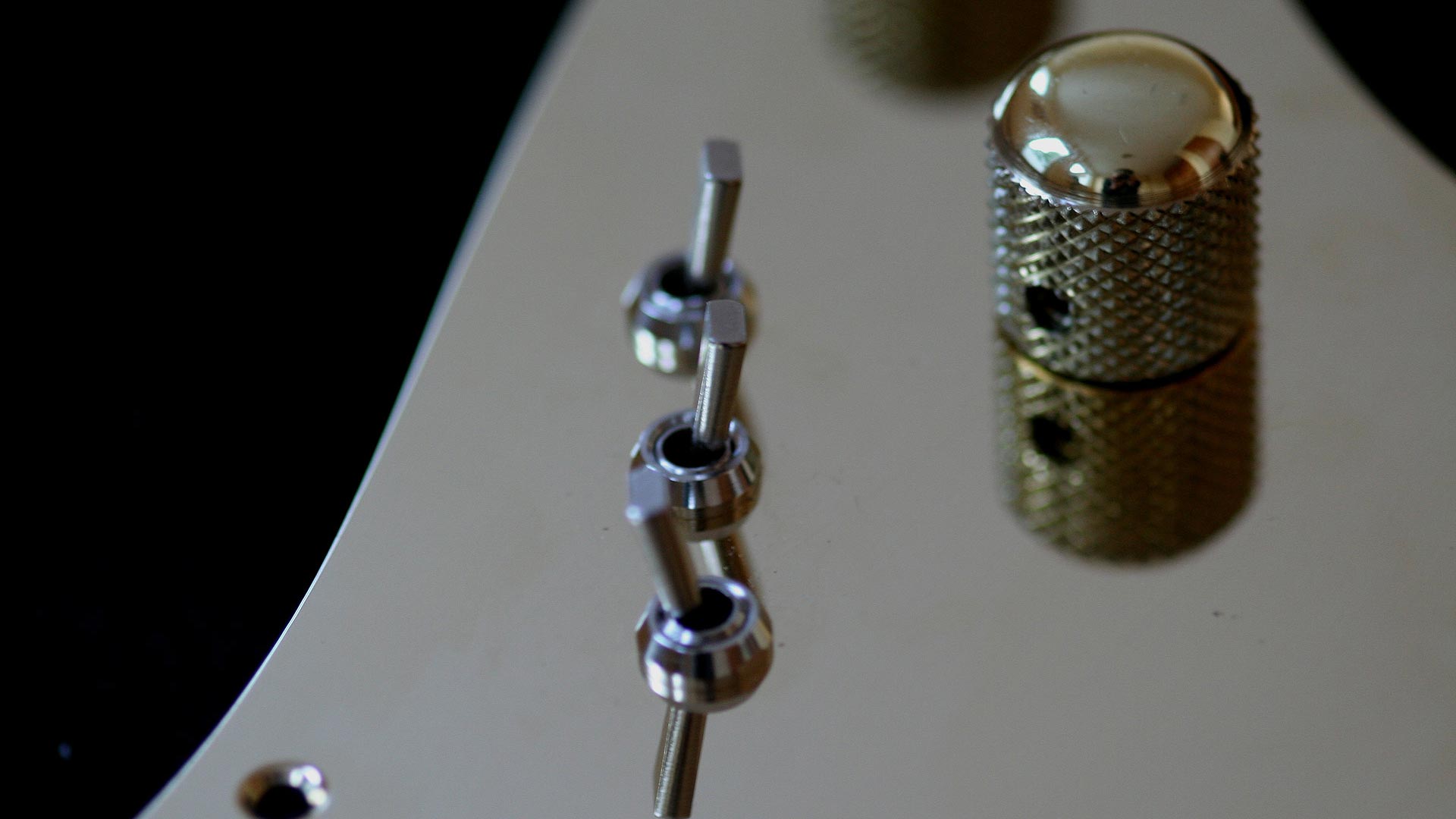

 After 20 notes, which is on the 2nd beat in the 2nd bar, the notes will repeat, after 80 notes which is after 5 bars, the first c note will be on the “one” again.
After 20 notes, which is on the 2nd beat in the 2nd bar, the notes will repeat, after 80 notes which is after 5 bars, the first c note will be on the “one” again.